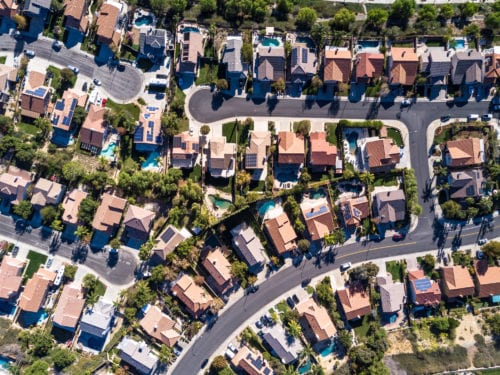Identify Local Context Slide Deck
This slide deck provides an overview of how to fill out the local context section of the policy blueprint. This content includes financing options and how to identify existing policies in your city. These slides were developed for a workshop on this topic for a cohort of 25 cities in 2018.
Download